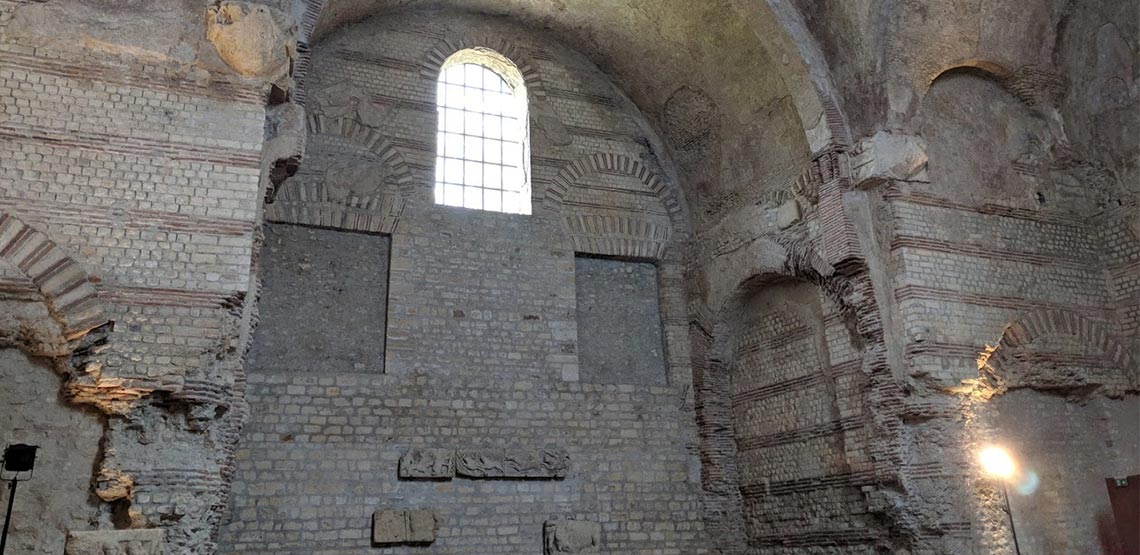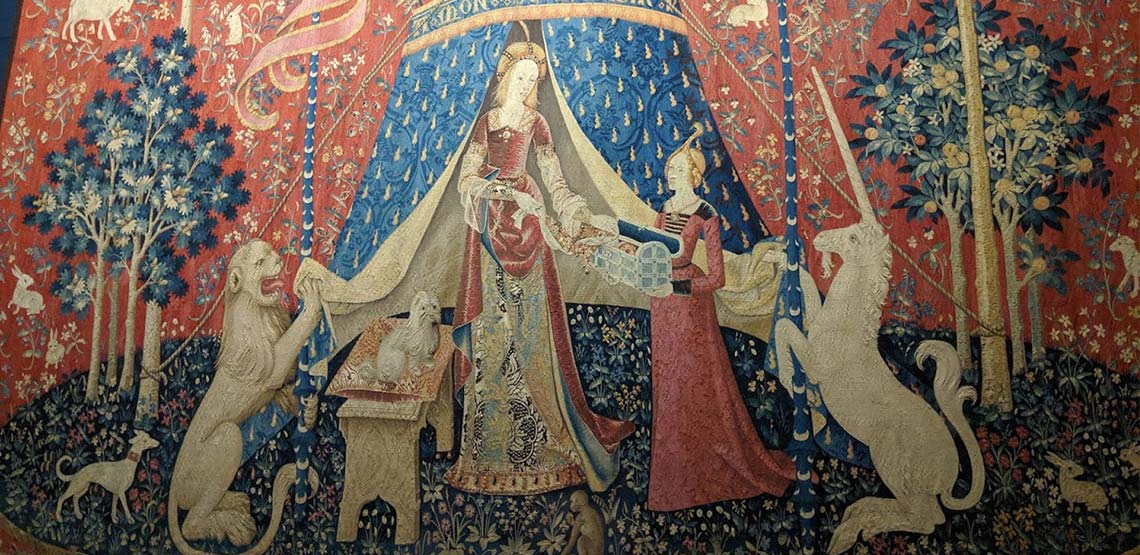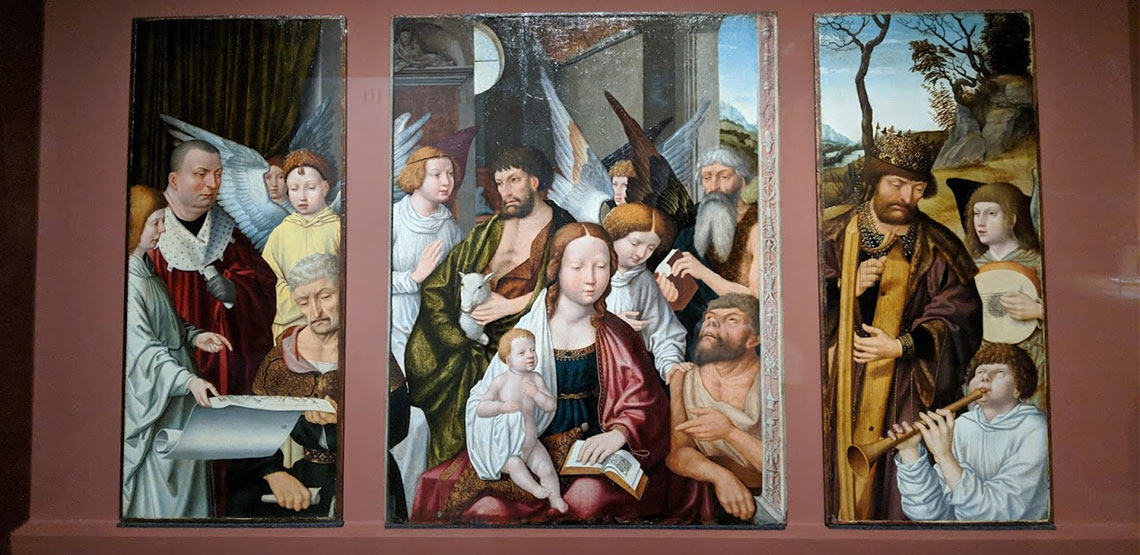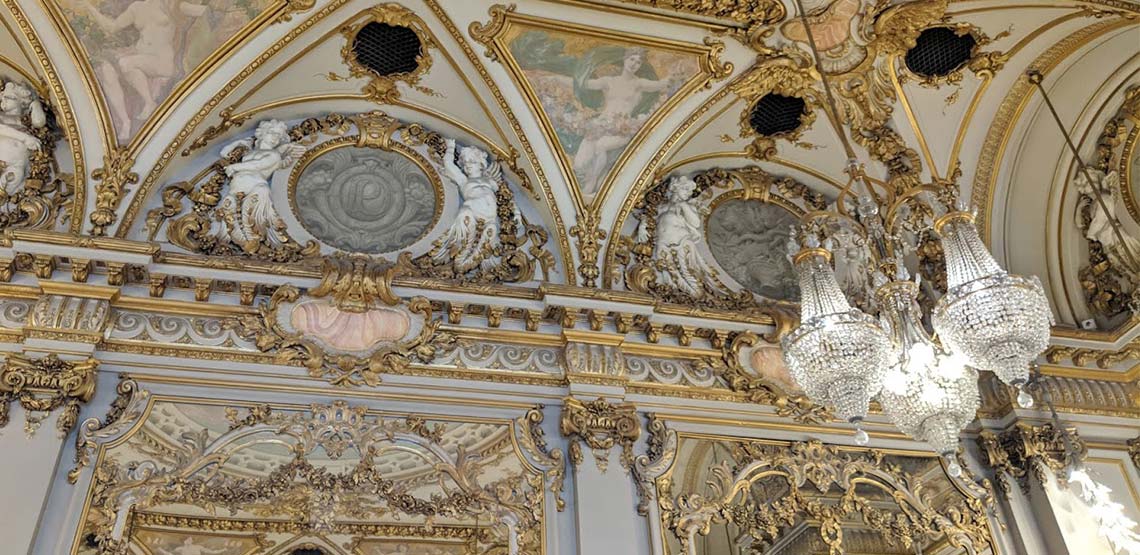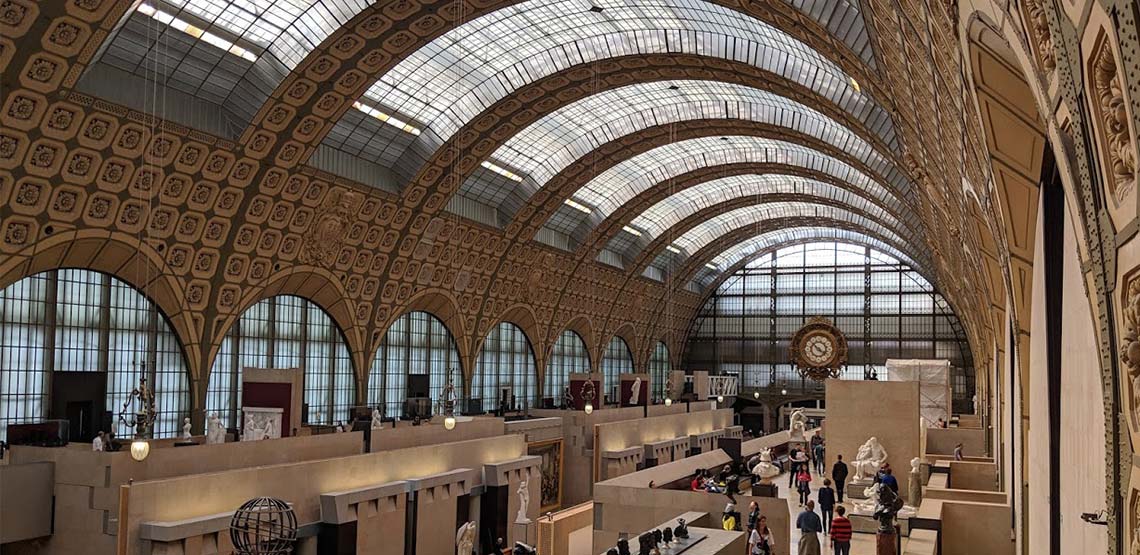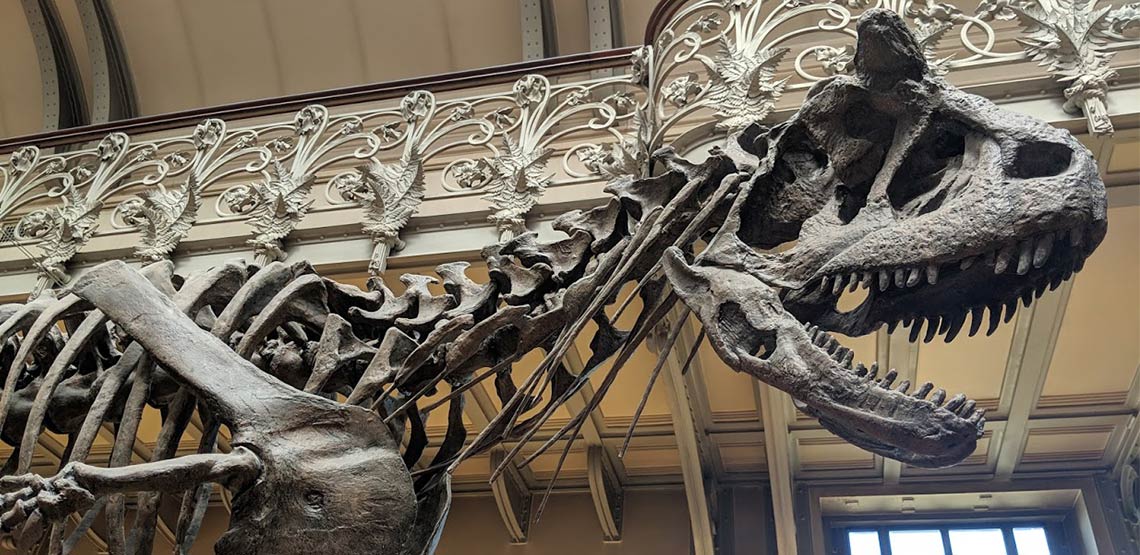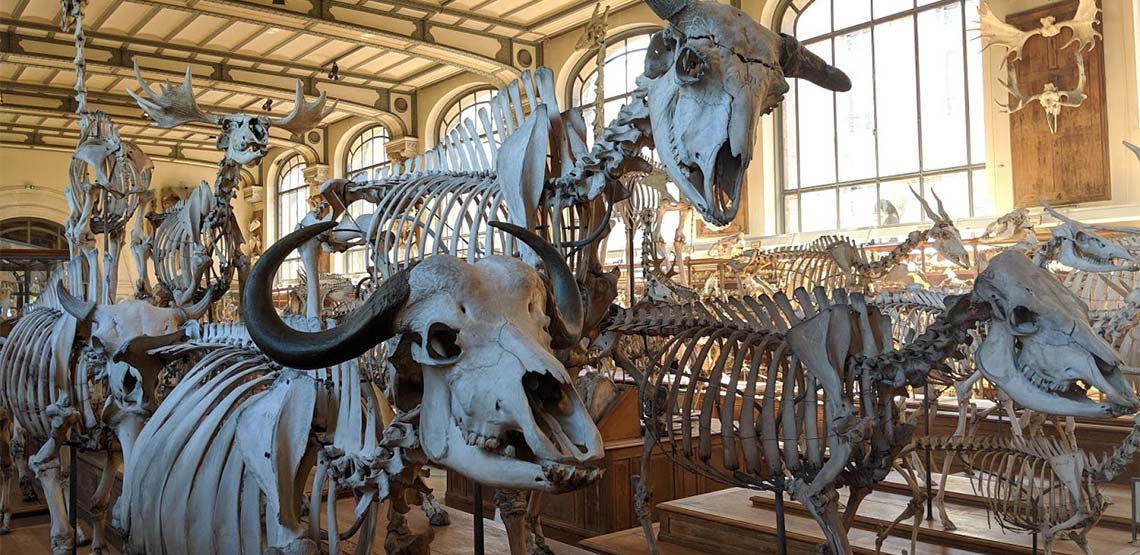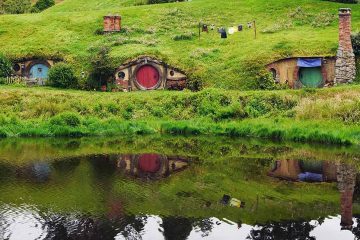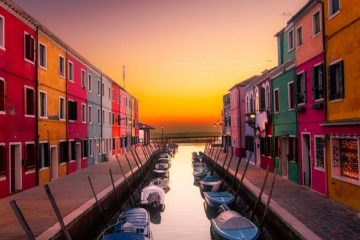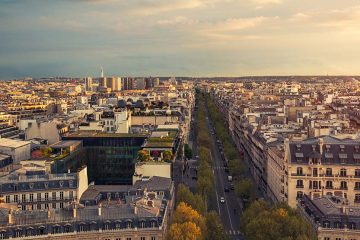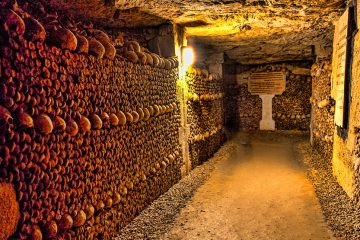3 Intriguing Museums in Paris That Aren't the Louvre
Skip the Crowds
There is no shortage of things to see and do when you travel to Paris. From historic landmarks and shopping districts to restaurants and bakeries, it’s hard to be bored. For many people, visiting Paris, at least for the first time, involves a trip to the Louvre Museum. While I did spend half a day at this famed museum during my recent trip, I made time to explore some lesser-known Paris museums as well.
You could easily spend an entire week exploring museums in Paris, so it’s best to find what you’re interested in and plan accordingly. If standing in line to see a small Da Vinci painting isn’t your thing, you can always check out the rest of the Louvre’s collections, or visit some of these others among the best museums in Paris.
Musée d’Orsay
If you’re interested in French art but don’t want to deal with how hectic the Louvre is, stop by the Musée d’Orsay instead. This museum is housed in a former railway station and is beautiful enough on its own. Visitors can expect to see art of many mediums — paintings, sculptures, furniture, and more — from the mid 1800s to early 1900s.
I originally wanted to visit because of their large impressionist and post-impressionist collection (it’s the largest in the world), but the building itself also blew me away. The way the interior is set up is beautiful, with a wide central hall, large clock, and open spaces. Plus, the Festival Hall is incredibly beautiful; it’s basically a large open ballroom, which my friend and I nicknamed “The Gold Room.” Visiting to see the architecture alone is well worth the time.
However, if it’s art you’re after, you won’t be disappointed. There’s an entire room dedicated to Van Gough, where you can see his self-portrait, among other paintings. Other notable painters who have work featured throughout the building include Claude Monet, Henri de Toulouse-Lautrec, Paul Signac, and more.
The Musée d’Orsay is open six days a week and is closed on Mondays. Admission is €14 for the full museum, or you can get a ticket for both the Musée d’Orsay and Musée de l’Orangerie (which is right across the street) for €18. If you visit on the first Sunday of the month, entrance is free.
Gallery of Paleontology and Comparative Anatomy
The Gallery of Paleontology and Comparative Anatomy is part of the French National Museum of Natural History, which houses 12 sites across France. The Garden of Plants is in Paris, which is where you can visit the Gallery of Paleontology and Comparative Anatomy, as well as the Gallery of Evolution, the Mineralogy and Geology Gallery, the Botanical Gallery, and more. During my trip, I only visited the first of these galleries, as I’m a huge fan of dinosaurs and other fossils.
There are three floors to explore, with the first one focusing on comparative anatomy. When you first walk into the hall, you’re greeted by hundreds of skeletons. All of them are lined up, facing the front, which is a bit eerie to see. The left wall has glass cases filled with more skeletons, whereas the right wall features organs from various species — many in glass jars — which may not be for the faint of heart.
The stars of this floor, though, are found at the back of the room: large whale skeletons, one complete with baleen, are impossible to miss, and truly breathtaking.
The second floor is where paleontology fans will feel at home. Half of the gallery space is dedicated to dinosaurs, while the other half features extinct mammals. Notable species include an Allosaurus, Diplodocus, Triceratops, and Spinosaurus. In all my museum visits, I’d never seen Spinosaurus bones before, so this alone was well worth the trip for me. Those interested in extinct mammals will also be able to see saber-toothed cats, mammoths, Irish elk, and more.
The third floor is the smallest — it’s technically a mezzanine that circles the second floor and provides a great top-down view of the fossils below — and features prehistoric invertebrate fossils. What does this mean? Think small marine creatures that are hundreds of millions of years old. For budding botanists, there is also a section dedicated to fossilized plant remains as well.
All the descriptions are in French, but that really doesn’t matter. You don’t need to read the details to visually compare the skeletons on display. Seeing them is more than enough to take your breath away.
One thing this gallery does exceptionally well is utilize their staircases. Once you enter the gallery space, there is a main staircase on the left-hand side. Between the first and second floor there is a small balcony that provides a great view of all the skeletons on display. Once you finish viewing everything on the third floor, I suggest taking the back staircase down, where you can see a handful of other fossils on display that would otherwise be missed.
The Gallery of Paleontology and Comparative Anatomy is open six days a week and is closed on Tuesdays. Admission is €9 each, and children under three are free.
Hobbiton New Zealand is a must-visit attraction for any Lord of the Rings fan. Here's what you need to know to plan your visit.
Cluny Museum – National Museum of the Middle Ages
You’ll find the Cluny Museum tucked away in Paris’s Latin Quarter, right next to the Sorbonne. It’s one of the last remaining pieces of medieval Paris and is worth visiting for many reasons.
The main building once housed the abbots of Cluny in 1334 and was rebuilt in the late 1400s/early 1500s. The architecture combines Gothic and Renaissance elements and stands out from the Haussmann style that encapsulates most of Paris. The basement of the museum, though, holds something even older than the main building: Gallo-Roman baths dating back to the turn of the 2nd century AD. Walking through here truly brings you back in time. If you happen to visit, I challenge you to stop and think for a moment about just how old the structure really is.
The rest of the museum holds many pieces of French medieval art, but the highlight is its tapestry collection. Visitors will be able to see all six of the Lady and the Unicorn tapestries. These pieces of iconic art were created around 1511, and illustrate the five senses, with the sixth piece illustrating the concept of courtly love. It’s difficult to take photos of the tapestries due to their size and dark lighting in the room (which is necessary to help preserve them), so instead, I recommend using your time to simply sit back and admire their beauty.
The Cluny Museum is open six days a week and is closed on Tuesdays. Visitors should also note that it is currently undergoing renovations until 2020. As a result, the medieval hotel and courtyard are closed. School groups often visit on Mondays, Thursdays and Fridays, so if you are hoping for a quieter visit, be sure to plan accordingly. When the museum is hosting only its permanent collection, entrance is €5 each, but when temporary exhibitions are also open, tickets are €9 each.

